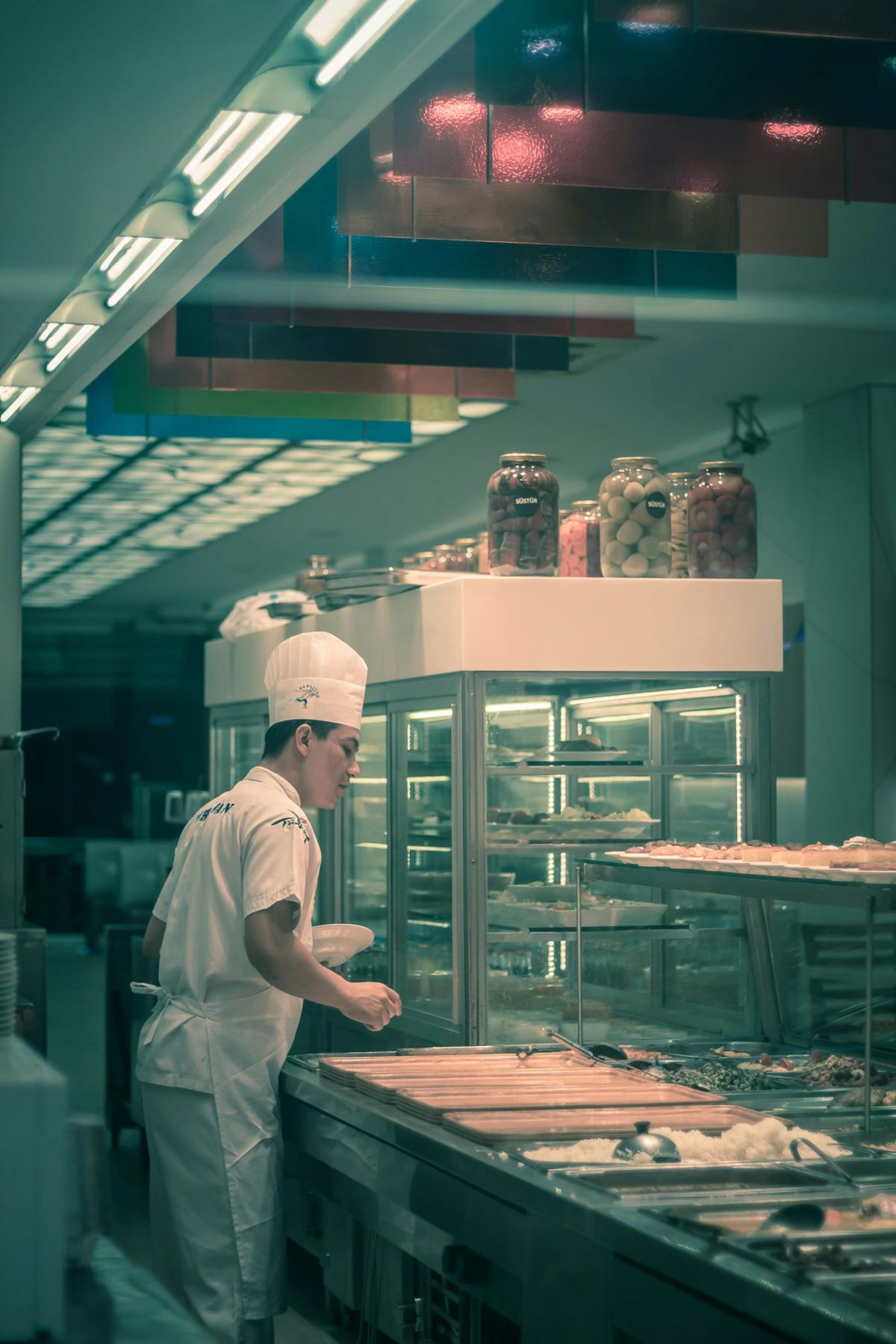
Opening a new restaurant involves countless decisions, but few are as critical to your daily operations as selecting the right refrigeration equipment. The wrong choice can lead to food spoilage, health code violations, and significant financial losses. This comprehensive guide will help you navigate the complex world of commercial refrigeration to ensure your restaurant has exactly what it needs to succeed.
Understanding Your Restaurant’s Refrigeration Needs
Before diving into specific equipment types, you must first understand that refrigeration needs vary dramatically based on your restaurant concept, menu complexity, and service style. A pizza joint requires different cooling solutions than a fine dining establishment or a busy sports bar. Your refrigeration system serves as the backbone of food safety and operational efficiency, making proper planning essential from the start.
The key to successful refrigeration planning lies in analyzing your specific operational requirements rather than simply copying what other restaurants use. Consider factors such as your expected daily customer volume, peak service hours, delivery schedules, and the types of ingredients you’ll be storing. This foundational understanding will guide every subsequent decision about your refrigeration setup.
Assessing Your Menu and Food Storage Requirements
Your menu directly dictates your refrigeration needs. Start by categorizing every ingredient you’ll use into temperature zones: frozen items requiring 0°F or below, fresh produce needing 32-40°F, dairy products, proteins, and prepared foods each with specific storage requirements. Calculate the volume of each category you’ll need to store based on your projected sales and delivery frequency.
Consider the shelf life of your ingredients and how quickly you’ll turn inventory. High-volume items may require larger, more accessible storage, while specialty ingredients used sparingly can be stored in smaller, less convenient locations. Don’t forget about prepared foods, sauces, and pre-prepped ingredients that will need dedicated refrigerated space as your kitchen workflow develops.
Calculating Kitchen Space and Layout Considerations
Kitchen real estate is precious, and refrigeration units must fit seamlessly into your workflow while maximizing efficiency. Measure your available space carefully, accounting for door swings, ventilation requirements, and staff movement patterns. Remember that refrigeration units need adequate clearance for proper airflow and maintenance access.
Think about the relationship between your refrigeration units and cooking stations. Ingredients should be stored as close as possible to where they’ll be used to minimize staff movement and maintain food safety temperatures. Consider the height of your staff and choose units that allow easy access without excessive bending or reaching, which can slow service and cause workplace injuries.
Front-of-House Refrigeration Solutions
Your dining area and bar require specialized refrigeration equipment that balances functionality with customer presentation. These units must maintain proper temperatures while enhancing your restaurant’s atmosphere and supporting efficient service.
- Back Bar Coolers: Essential for any establishment serving beverages, these units keep drinks at optimal temperatures while providing easy access for bartenders during busy periods
- Glass Door Merchandisers: Perfect for displaying beverages, desserts, or grab-and-go items while maintaining visibility and encouraging impulse purchases
- Bottle Coolers: Specialized units designed specifically for wine and beer service, maintaining consistent temperatures crucial for beverage quality
- Cake Showcases: Ideal for restaurants featuring desserts, these units combine refrigeration with attractive display capabilities
- Kegerators: Essential for establishments serving draft beer, maintaining proper temperature and pressure for optimal beer quality
Back-of-House Essential Refrigeration Equipment
Your kitchen’s refrigeration needs form the operational heart of your restaurant, requiring equipment that prioritizes functionality, capacity, and reliability over aesthetic appeal.
- Reach-In Refrigerators: The workhorses of most kitchens, providing large-capacity storage with easy access for frequently used ingredients
- Undercounter Refrigerators: Space-saving solutions that fit beneath work surfaces, perfect for keeping frequently used items within arm’s reach of prep stations
- Chef Base Refrigerators: Low-profile units that support heavy equipment while providing refrigerated storage directly beneath cooking surfaces
- Pizza Prep Tables: Specialized refrigerated work surfaces with ingredient wells, essential for pizzerias and sandwich shops requiring quick assembly
- Chest Freezers: Cost-effective frozen storage solutions offering maximum capacity for bulk ingredients and prepared items
Energy Efficiency and Operating Costs
Modern refrigeration technology offers significant opportunities to reduce operating costs through improved energy efficiency. Look for ENERGY STAR certified units that can reduce electricity consumption by 10-50% compared to standard models. While these units typically cost more upfront, the long-term savings in utility bills often justify the investment within two to three years.
Consider the total cost of ownership, including energy consumption, maintenance requirements, and expected lifespan. High-quality units may cost more initially but often provide better reliability and lower operating costs over their lifetime. Factor in your local electricity rates and potential utility rebates for energy-efficient equipment when making your final calculations.
Budget Planning and Equipment Sizing
Refrigeration represents a significant capital investment, typically accounting for 15-25% of your total kitchen equipment budget. Resist the temptation to over-buy capacity “just in case” – unused refrigeration space costs money in both purchase price and ongoing energy consumption. Instead, size your equipment based on realistic projections with modest allowances for growth.
Consider financing options and whether to buy new, used, or lease equipment. New equipment offers warranties and latest efficiency features, while quality used equipment can provide substantial savings. Leasing might make sense for expensive specialized units or if you prefer predictable monthly payments with maintenance included.
Making Your Final Refrigeration Decisions
After analyzing your needs, space, and budget, create a comprehensive refrigeration plan that prioritizes essential equipment first. Start with the basics – reach-in refrigerators and freezers for general storage – then add specialized units based on your specific menu requirements and service style.
When you’re ready to make your refrigeration equipment purchases, Frontline Restaurant Shop offers a comprehensive selection of commercial refrigeration units designed to meet the demands of modern restaurants. From energy-efficient reach-in units to specialized prep tables, our equipment helps restaurants maintain food safety while optimizing operational efficiency.
Ready to equip your restaurant with professional-grade refrigeration? Contact Frontline Restaurant Shop today to discuss your specific needs and find the perfect refrigeration solutions for your new restaurant.
